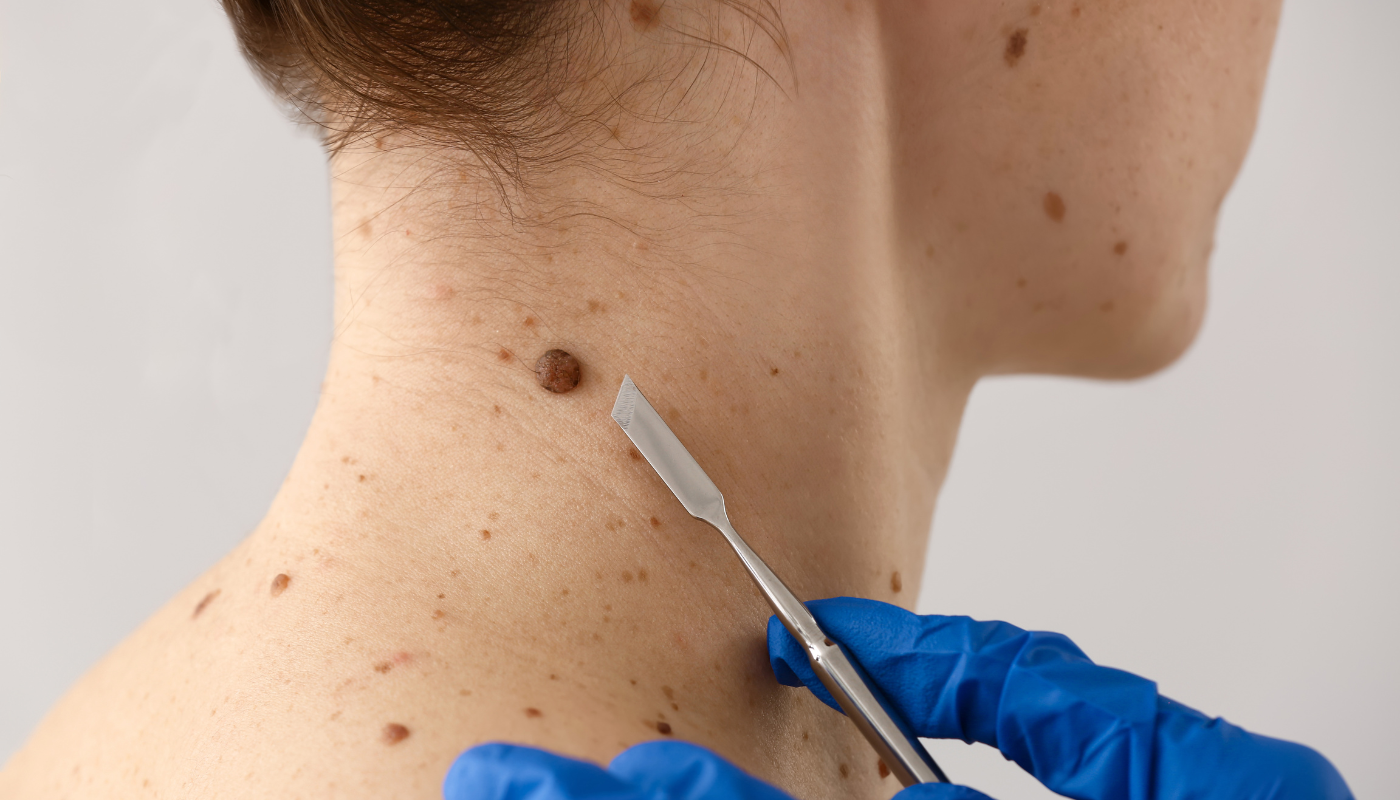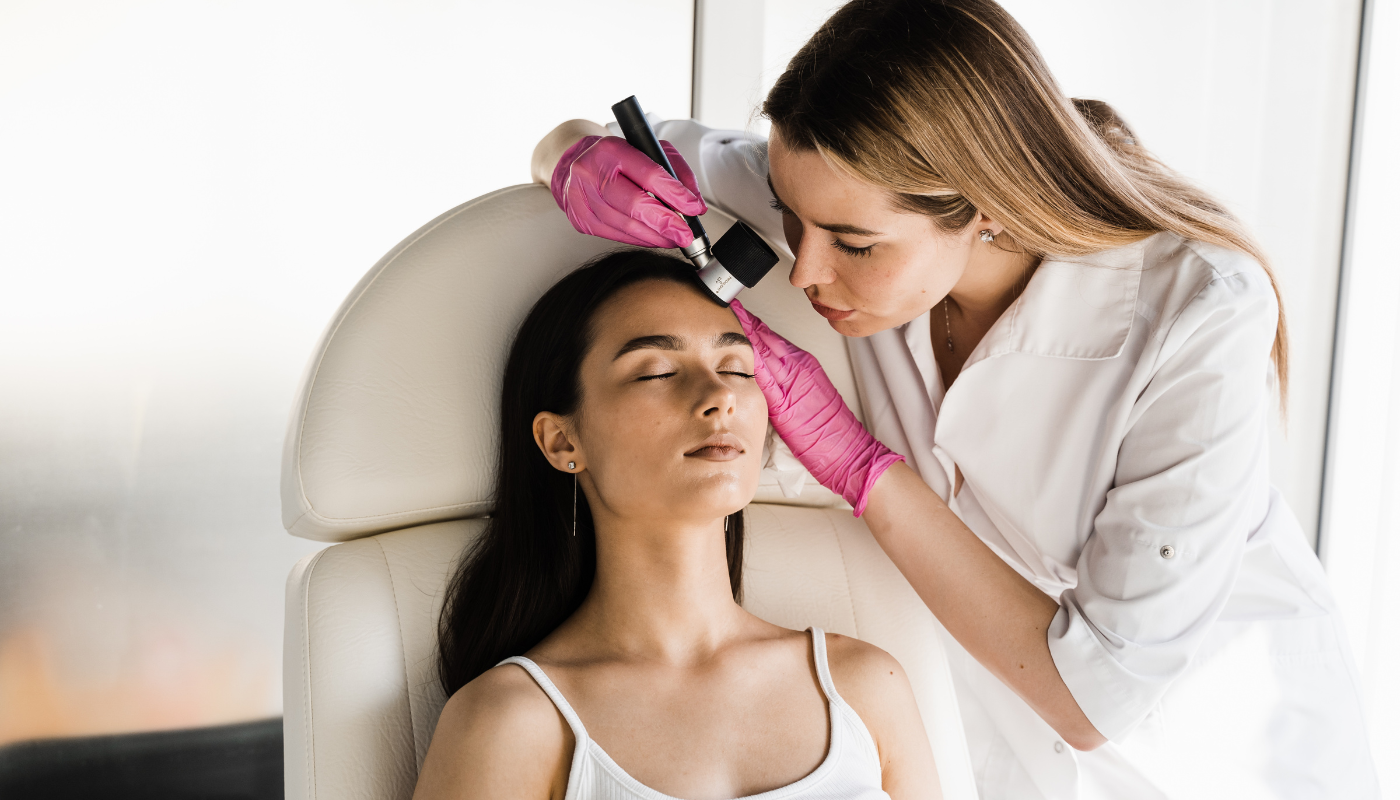Skin Cancer Prevention in the Workplace: Employer and Employee Responsibilities
Skin Cancer Prevention in the Workplace:
Employer and Employee Responsibilities

Skin cancer is an escalating concern, and the workplace is not immune to the risks associated with this life-threatening disease.
While prevention efforts often focus on personal and leisure activities, it's vital to remember that we spend a significant amount of our lives at work.
This makes the workplace a crucial setting for implementing preventive measures against skin cancer.
The Risks of Skin Cancer
Understanding the risks of skin cancer is crucial in initiating meaningful prevention measures in the workplace.
So let's delve into the subject.
Types of Skin Cancer
The three most common types of skin cancer are basal cell carcinoma, squamous cell carcinoma, and melanoma.
Each varies in severity, with melanoma being the most aggressive and life-threatening if not detected early.
Risk Factors
Known risk factors include fair skin, a history of sunburns, excessive sun exposure, and a family history of skin cancer.
However, anyone can get skin cancer, regardless of skin type or background.
The Role of UV Exposure
Ultraviolet (UV) radiation from the sun is the leading cause of most skin cancers.
Indoor workers who are exposed to artificial UV radiation, like those in tanning salons or industrial settings, also face an elevated risk.
Occupations at Higher Risk
Workers in construction, agriculture, landscaping, and outdoor sports instruction, among others, are at a higher risk of developing skin cancer due to prolonged exposure to the sun.
Employer Responsibilities
Once we identify the risks, the next logical step is to look at how employers can contribute to prevention.
Employers hold a large slice of the responsibility pie.
Conducting Risk Assessments
The first step employers should take in mitigating the risks of skin cancer is conducting thorough risk assessments.
Not only should employers identify high-risk jobs within their organisations, but they should also conduct regular evaluations to measure UV exposure levels.
Creating and Implementing Policies
A well-structured policy is a cornerstone in fostering a workplace that minimises skin cancer risks.
Policies should outline the responsibilities of both employers and employees and should include a detailed action plan for risk mitigation. Employers must also be aware of their legal obligations regarding employee safety and health.
Training and Education
Knowledge is power; therefore, employers should provide employees with the right information about skin cancer.
Regular training programs, workshops, and seminars are effective ways to educate staff.
Remember, the information should be up-to-date and in line with the latest research.
Providing Protective Measures
Employers must go beyond paperwork and implement tangible protective measures in the workplace.
This can include providing protective clothing and gear, installing shade structures for outdoor jobs, and placing sunscreen dispensers at strategic locations.

Employee Responsibilities
Of course, it's not just up to employers; employees have an equally important role to play in prevention.
Being Aware and Informed
As an employee, taking the initiative to understand the risks associated with your job can make a significant difference.
Always participate in training sessions and actively seek information.
Using Provided Protective Measures
Using the protective measures provided by the employer is not just beneficial but often mandatory for your safety. Whether it's wearing a wide-brimmed hat or regularly applying sunscreen, make a habit of using the available protective gear.
Self-Monitoring and Reporting
Early detection can be lifesaving when it comes to skin cancer.
Conduct periodic self-examinations and report any suspicious skin changes to your healthcare provider and supervisors immediately.
Collaboration: The Key to a Safe Workplace
Employer and employee responsibilities are not mutually exclusive; instead, they should be seen as collaborative efforts.
Open communication channels allow for a more proactive approach, and it's crucial to regularly review and update policies and measures.
After all, a safe workplace benefits everyone involved.
A Call for Collective Action
Preventing skin cancer in the workplace is a shared responsibility that requires concerted efforts from both employers and employees.
We've examined the roles each can play, underscored by real-world examples.
The message is clear: proactive action can save lives.
So let's act now.
Frequently Asked Questions (FAQ)
To help you, here are some of the most commonly asked questions about skin cancer prevention in the workplace.
What are the signs of skin cancer?
Common signs include changes in the size, colour, or shape of a mole or a new growth on the skin. If you notice any of these changes, consult a healthcare provider immediately.
What if my job involves minimal outdoor work; am I still at risk?
Yes, you can still be at risk, especially if you are exposed to artificial UV radiation or if your job requires sporadic outdoor tasks without proper protection.
How often should training programs be conducted?
Regular training is essential, but the frequency may vary depending on the level of risk associated with specific jobs. At the very least, an annual training program is advisable.
Arm yourself with more knowledge and tools to fight skin cancer in the workplace.
The journey toward a skin cancer-free workplace begins with awareness, followed by action.
Make the commitment today for a safer tomorrow.
More Skin Tips.
CoreBodi












